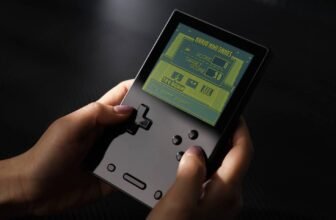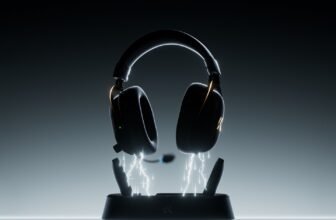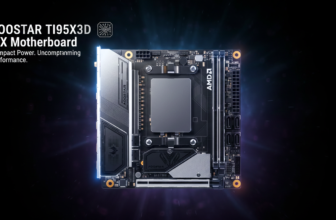Keychron has added two new wireless keyboards to its lineup with the launch of the B33 and B36. These models return to scissor switch mechanisms while offering features aimed at users looking for affordable and versatile input devices.
The B33 features a tenkeyless layout, removing the number pad for a more compact form factor, while the B36 retains a full-size layout with the number pad and navigation cluster. Both keyboards use full-height keycaps with a profile similar to Cherry-style designs commonly found on mechanical keyboards. They also provide 3.5 mm of key travel, which is more than typical laptop keyboards and intended to give a familiar, responsive feel during typing.

Priced at $34.99 for the B33 and $39.99 for the B36, the two keyboards support three connection modes: Bluetooth 5.2, 2.4 GHz wireless, and USB-C wired. The 2.4 GHz and USB-C options support a 1,000 Hz polling rate, which can help reduce latency for general tasks and casual gaming. However, both keyboards lack N-key rollover, which may limit use for fast-paced gaming or scenarios requiring multiple simultaneous key presses.

Keychron Launcher software is supported, allowing users to remap keys, create macros, and update firmware. Keychron has not confirmed if these keyboards use ZMK firmware like some of the earlier B Pro models. Battery life is rated at over 300 hours on a single charge. Both the B33 and B36 use 800 mAh batteries, contributing to their lightweight design of 550 g and 650 g, respectively.


Neither model includes backlighting, which helps conserve battery power but may be a drawback for low-light environments. For ergonomics, both keyboards include flip-out feet with three angle settings: 5°, 6.5°, and 9°. Each keyboard also has a built-in storage slot for the 2.4 GHz USB receiver and physical switches for changing operating systems and connectivity modes.
The Keychron B33 and B36 offer quiet typing and multiple connectivity options at a price point aimed at budget-conscious users. Their lightweight build and compact designs make them suitable for office work and mobile use where mechanical keyboards may not be practical.







